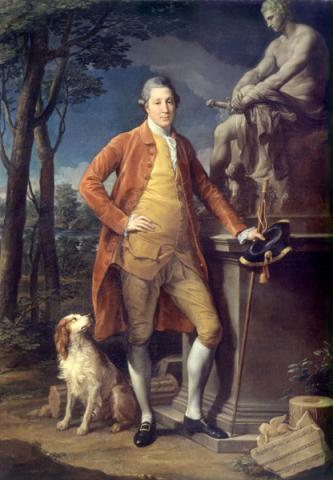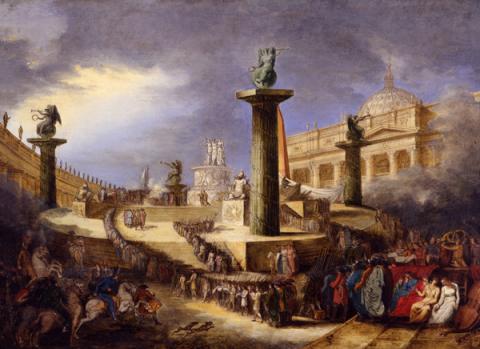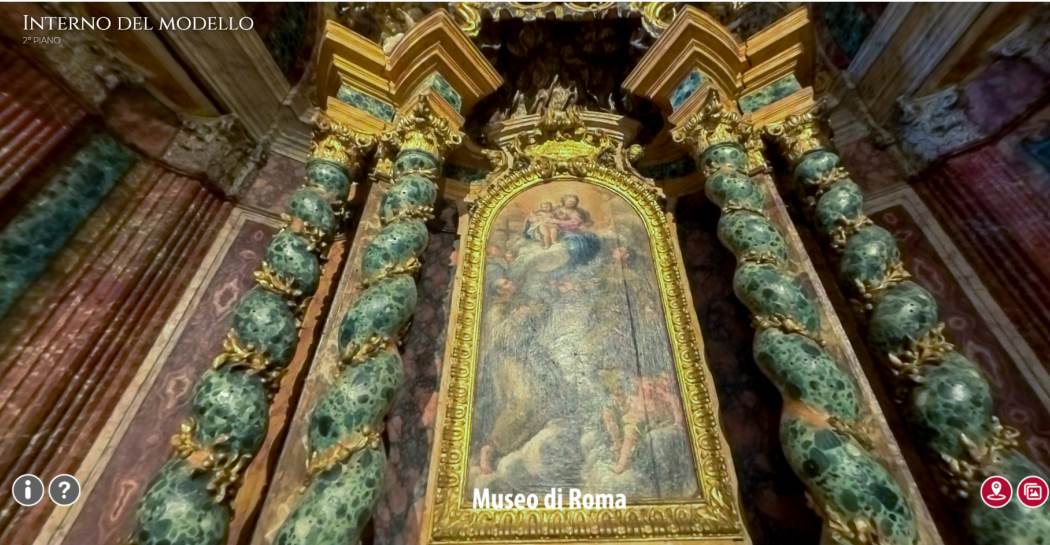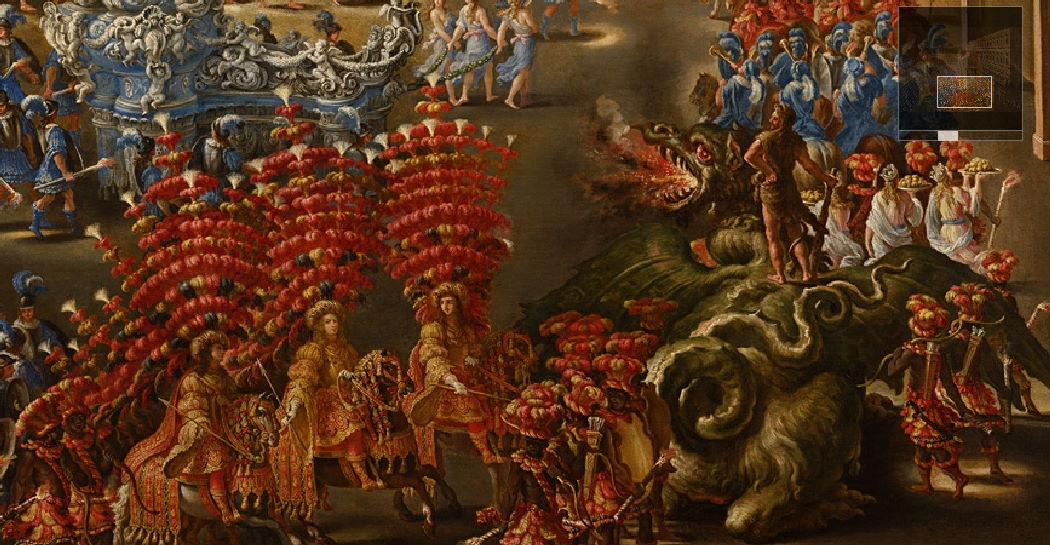The Rome of the past
In 1870 Rome became the capital of the Kingdom of Italy and its urban structure was gradually modified with the 1873 and 1883 regulatory plan and adapted to the economic and speculative needs of the new political situations. With the advent of fascism in 1922, the transformation continued with successive regulatory plans and projects for excavations, all of them according to the magnificent idea of the eternal city the fascist regime promoted. Building the Tiber banks, erecting a monument to Vittorio Emanuele II, creating a new residential district in the area where Villa Ludovisi was located, isolating the Capitoline Hill, excavating the Imperial Forums, opening via dell'Impero and via del Mare, transforming the road that gave access to St. Peter's Square by eliminating the so-called Spina di Borgo are just some of the various works that in a few decades, between 1880 and 1940, led to the destruction of monuments and whole medieval, renaissance and baroque districts.
The troubling awareness of an irreversible loss of the image of the city that had impressed artists and travellers for centuries, led people to collect, during the demolition works, painted decorations, architectural and sculptural fragments, ceramics and wooden brackets belonging to the buildings destroyed whereas professional photographers, artists and specialized artists had been given the task of recording the modifications to the city. Ettore Roesler Franz's series of watercolours, executed between 1878 and 1896 and whose title was Roma Sparita (the Rome of the Past), was exhibited various times, inaugurating a very successful theme.
After remaining in the municipal warehouses, a part of these pictorial, plastic and ceramic remains, together with Roesler Franz's watercolours, were exhibited during the Retrospective Exhibitions in the 1911 Universal Exhibition in Rome and ended up in the collection of the Museum of Rome, created in 1930.
In the 50's the Museum acquired numerous watercolours and drawings of the places that had disappeared and the demolition works, realized by artists, architects and archaeologists.
Between the end of the 19th century and the 1930's, professional photographers were given the task of documenting the conditions of the sites before the demolition works, and these images can still be seen in the Municipal Photographic Archives.
About 250 large negatives together with the original photographs show the city-centre areas affected by the demolitions carried out to respect the 1883 Regulatory Plan, which were the first organic urban works in Rome.
Among the works envisaged was the destruction of the whole complex of Villa Ludovisi in order to build the district with the same name and on this occasion too Prince Ludovisi himself commissioned a photographer to record the district before the building works. Between 1887 and 1895, the Civil Engineers commissioned the D'Alessandri brothers to take many photos of the Tiber banks before and after its embankments were built. These photos were collected in three volumes.
During the important building activities between 1930 and 1940, remarkable groups of photos taken on behalf of the Rome Governor ended up being the most complete documents about the demolitions and transformations carried out in Rome during the Fascist regime.













































